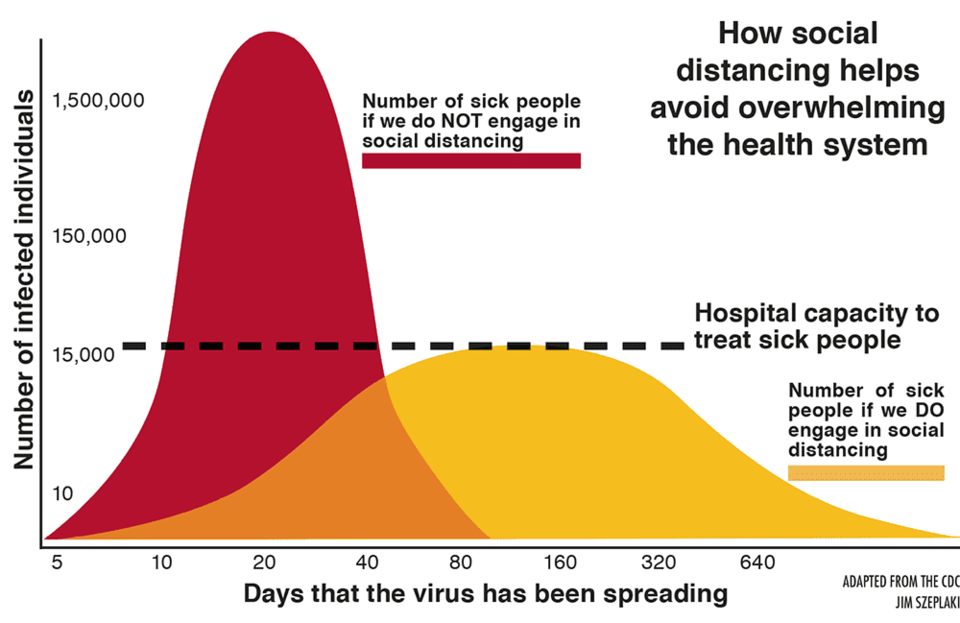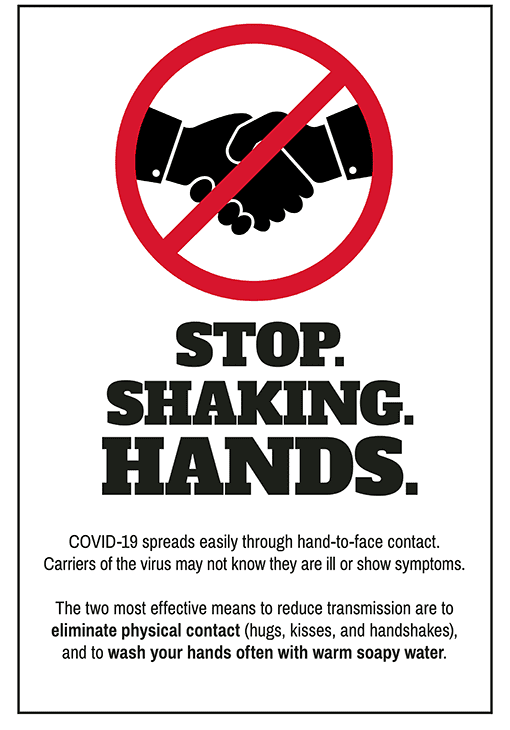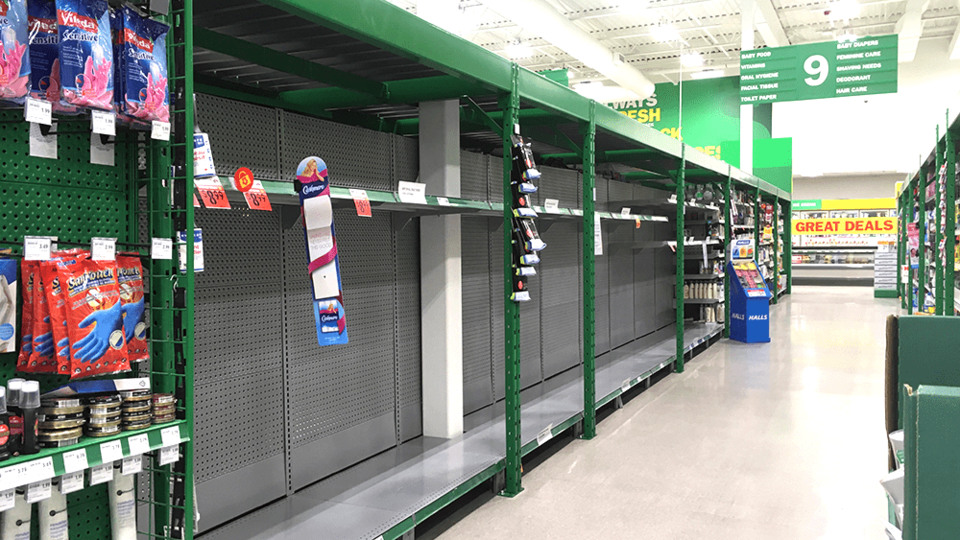
LAST SATURDAY, as news of various Niagara closures started rolling in, my wife, Yasmin, and I took the dog for a walk around our neighbourhood. While the morning was on the cool side, the sun shone down brightly. That’s what happens in late winter, as the days get longer and the clouds fade. The sun seems to shine more strongly than even in the summer, for at this time of year the tree branches are still bare—there are no leaves to block the light—leaving the streets nearly glowing.
“So many birds,” said Yasmin.
We listened for another half block. She was right. We heard robins, mourning doves, crows, blue jays, all calling out to their friends: “It’s a beautiful day. Time to get going again.”
Spring arrives this Thursday. The season of renewal begins. Yet I doubt that many of us are feeling particularly chipper about that right now.
“All Canadians should stay home,” said the Prime Minister to the nation on Monday afternoon. No matter how you might otherwise feel about him, the Prime Minister is correct. His advice is prudent.
Anyone doubting this should take a good hard look at the graph below. It shows the effects of an unrestrained pandemic. It shows what happened in Italy. Probably also in Iran. Possibly soon in the U.K., and in the U.S. This is not what we want to see happen in Canada.

We need to “flatten the curve,” a phrase none of us had heard of two weeks ago and now can’t avoid. The way to flatten the curve is through “social distancing,” another term that seems to have been born in late February, but which has been around for decades—and in practice for centuries, as various plagues have come and gone.
By limiting our contact with each other, we protect each other. We allow the health system to cope with the inevitable increase in COVID-19 cases that are headed our way. The only question is, how many and how fast.
Given the steep rise in the infection curve in other countries, the math suggests that for every 1 diagnosed case, there are 50 undiagnosed infections. The rate of diagnosed cases doubles approximately every 3 to 4 days. Last Friday, the first Niagara case was confirmed. Three days later, on Monday, Niagara had three confirmed cases.
Prudence, not panic, dictates that we take these numbers seriously, even if they seem low now. If the math holds, we will see 12 – 24 cases by this time next week. Hundreds by mid-April.
The best way to slow the rate of infection is to keep our distance from each other, whether or not we’re feeling ill—and certainly if we are feeling ill. COVID-19 carriers can be infectious even in the absence of any symptoms. They themselves may not have any idea that they are contagious because they feel fine.

Join the club if you’re suddenly alert to every tickle in your throat, every minor cough, any hint of a fever. It’s good to be aware, but let’s all agree not to overdo it. That’s the road to panic.
Let’s also agree not to go nuts at the supermarket. Mental health experts have been falling over themselves explaining the psychology behind hoarding toilet paper. It’s a way for us to feel that we’re in control...of something. But let’s dial it back a notch. Less Lord of the Flies in the paper products aisle will leave us all in a better frame of mind.
The finances are going to hurt. The world economy is almost certainly headed into recession, and Canada too. Staying at home means not patronizing local businesses the way we usually do. Mossimo’s Pizza has closed until early April. Peter Piper’s Pub and the Pelham Street Grille have shifted to take-out orders only. We saw the cancellation of nearly $1,000-worth of ads in this week’s issue of the Voice. From airlines to local mom-and-pops, the pain is here. Yet do we really need to point out the obvious? Dead consumers don’t buy much. We’ll lick our wounds and, we hope, live to sell another day.
Thankfully, if a mite belatedly, Pelham has opted to close the community centre. That’s good news for flattening the curve—for grandparents exposed to what the wee nippers might have taken home. (Literally as I wrote that line, an email arrived announcing that St. Catharines was closing down all municipal facilities—from City Hall to fire stations.)
We might all best prepare to hunker down for longer than just two or three weeks. Two or three months is a better estimate. The odds of the public schools reopening this term look more remote by the day. Once more, that's a good thing. Let the storm rage, and blow on.
The sun is bright again this afternoon as I get ready to send these pages to the printer. The kitchen window thermometer tells us it’s 10 degrees outside. The dog needs a walk, and so do we. We’re going to go listen to some birdsong, and talk about this summer’s garden. See you next week. ♦




